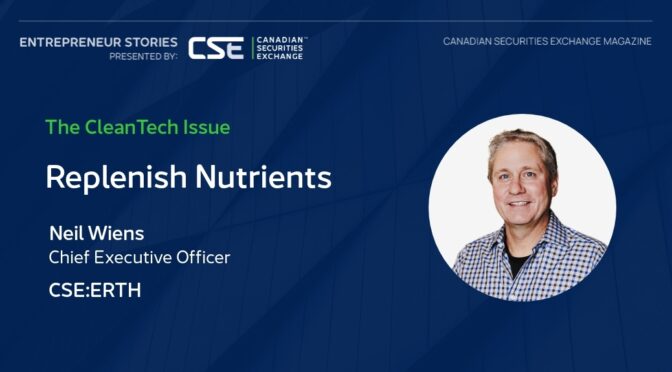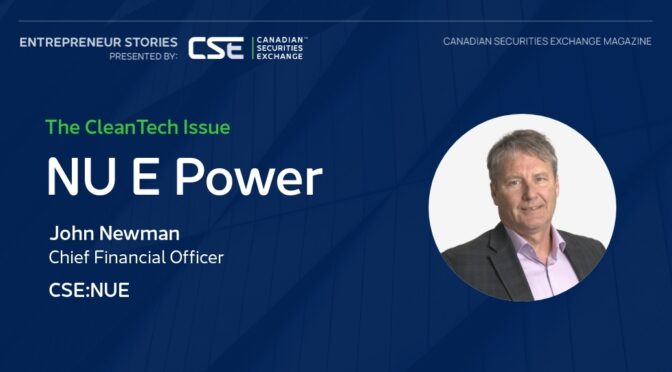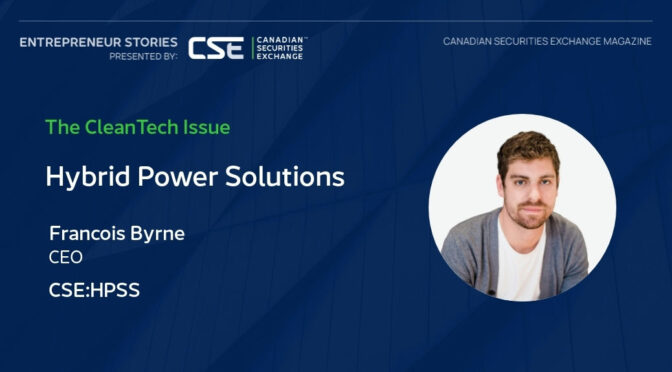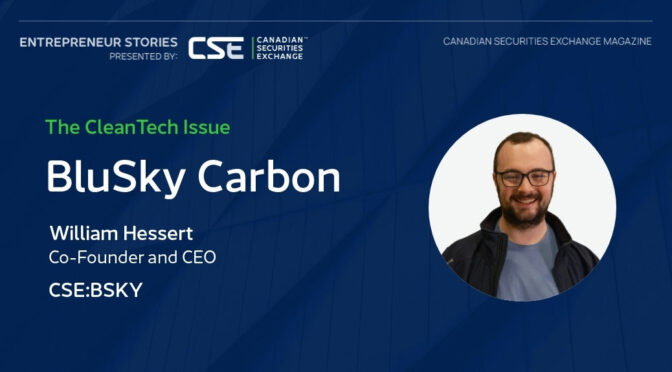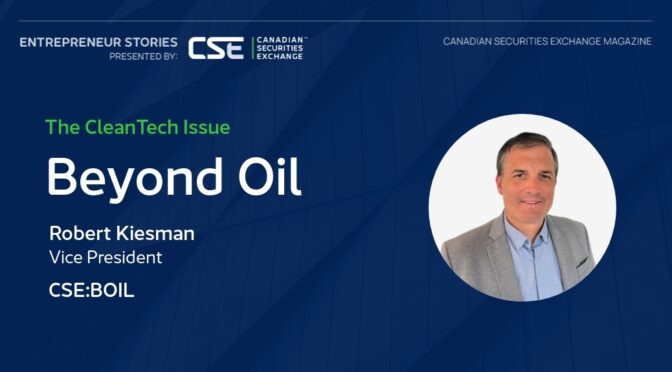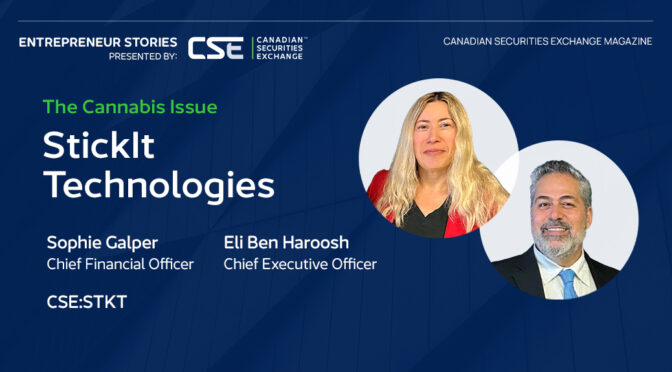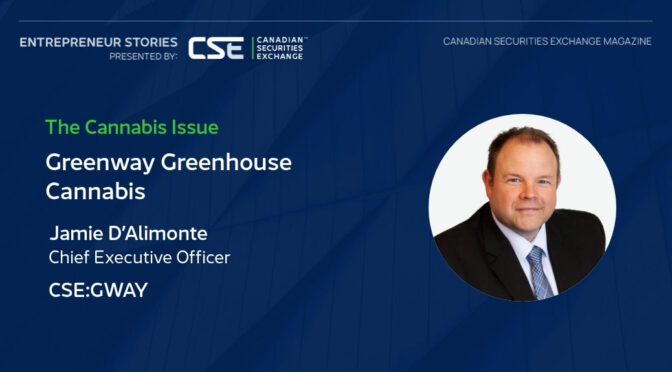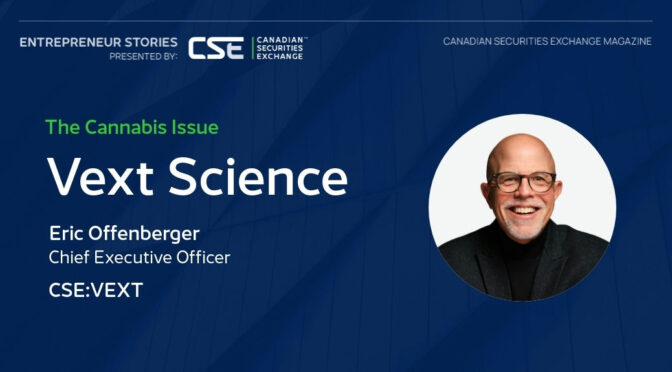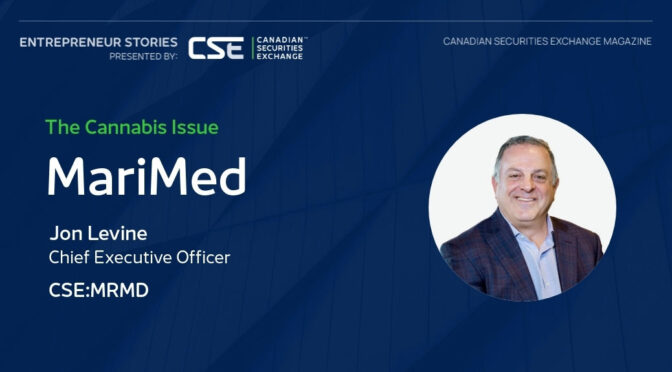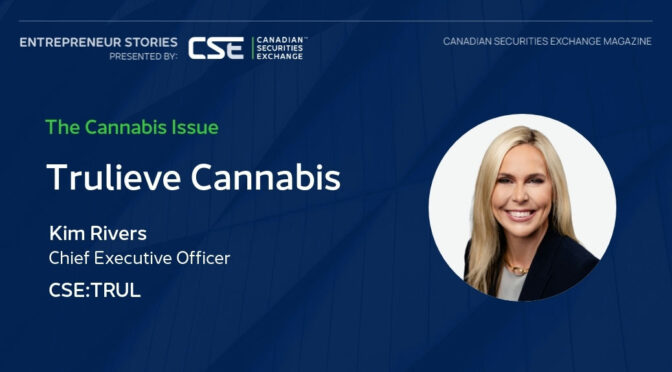Humans could live without cars if they had to, computers too and, yes, even their mobile phones. You could arguably get by without modern forms of shelter as well, but food is non-negotiable – we all have to eat.
Replenish Nutrients (CSE:ERTH) utilizes a natural approach to formulate fertilizers for the farmers who grow our fruits and vegetables. Its products are designed not only to feed the plants in farmers’ fields but to nurture and repair those fields as well. “Treat the soil with respect and it will respect you back” is one way to summarize the company’s way of thinking, and if demand for Replenish products is any indication, it’s working.
Replenish Nutrients Chief Executive Officer Neil Wiens spoke with Canadian Securities Exchange Magazine in early September about business to date, feedback from the farming community and expansion plans designed to take operations to the next level.
The essence of your business is using natural methods over industrial ones to serve a sector we rely on every day: agriculture. Tell us in your own words what Replenish Nutrients does and why you started it.
Replenish is a natural fertilizer company using biochemistry, rather than chemistry, to liberate nutrients from mineral fertilizer sources. We use non-leachable fertilizer products that hang out until biology does what it is supposed to, which is to liberate these elements and make them available to the plant in the right place at the right time.
Let’s use a phosphorous product as an example. We use rock phosphate, just like any phosphate fertilizer company. But instead of putting it through a chemical process, adding sulphuric acid and creating waste, we utilize the full rock phosphate mineral. When we do that, not only phosphate reaches the soil but also calcium, magnesium and iron, so the plant is getting the micronutrients it needs.
Essentially, we are adding micronized sulphur and solubilizing bacteria and fungi that will give the phosphate, calcium and magnesium full availability when the plant needs it the most.
Our products restore soil health while also reducing the sector’s overall carbon emissions by as much as 200,000 CO2 equivalent tonnes annually via a low-emission manufacturing process that produces a low-salt alternative to synthetic fertilizers.
What feedback has the farming community provided along the way that was unexpected or helped you to further refine your products?
I am an animal nutritionist by trade and so I always look at treating the soil as the world’s largest feedlot. You have billions of microbes in the soil, and if you feed it the same as a human – give it a balanced diet – the soil reacts as our bodies would.
I would say the biggest feedback we get from farmers is that they see good things such as ladybugs showing up on their crops and also less fungicide use. These were things I was not anticipating originally; we were just trying to fertilize the plants and get a better nutrient density. But the farmers brought us consistent feedback that they were getting beneficial microbes and beneficial insects that they had not seen on their plants for 10 or 15 years.
What is the economic case for farmers using your products? Do Replenish products offer a greater yield increase per dollar, for instance?
As far as the economics are concerned, we basically say that you are not going to lose yield. You could gain it, but you won’t lose it. So, you are as good as conventional methods.
On the other side, it goes back to my previous answer where farmers are realizing that their crop inputs have decreased. They are not using as many pesticides or fungicides as they typically would, and so that all of a sudden creates a better ROI. And that’s as early as a year or two into the program.
How about product distribution? Farming is a long-established industry. How does a soil replenishment company market its products? What does the sales cycle look like?
We market in two different buckets. Our main bucket has thus far been a blended type of product that we went direct-to-farm with because logistically it was hard to manage. With a blended product, we have all the ingredients to bake a cake, if you will, and we’ve mixed them, but we haven’t put them in the oven.
On the other side of distribution, which we really focus on and believe will eventually show in our results, is that we have spent a lot of dollars and effort on our IP and how we actually bake the cake. We’ve figured that out – we have these ingredients and we know they work together. Now we have to put it in a form that all the farmers are used to using, which is a little granule. It also has to be able to keep microbes alive and play nice with the existing chemical fertilizer because nobody is going to go 100% off of that way of thinking.
So, we utilize that granule and distribute it through our partners who are independent fertilizer dealers such as CropMaxx or AgroPlus.
Our main focus has been Alberta because it is our backyard. But we have moved into Saskatchewan, Manitoba and, most recently, the Fraser Valley in the Pacific Northwest. The Fraser Valley market will probably expand the fastest for us because you have all of these phosphorous regulatory rules in place there, and our product fits what they require. Plus, blueberries and strawberries and vegetables just love our products.
Repeat orders are an important indicator for investors trying to understand the strength of a business like yours. Do customers tend to stay loyal to the brand?
If you look at our financials, we have been pretty consistent around the $15 million per year sales mark for the last few years because we have not expanded our granulation facilities, and those are the same customers every year. So, as repeat business, it has been awesome. And this is that initial product that I was talking about, the blended product. It is static business and repeat and consistent.
On the granulation side, this is where our growth is coming as we plan to expand to 2,000 tonnes of production per month. This is what the independent dealers are after, and another name I will mention, especially in the Fraser Valley, is TerraLink, who has been using a lot of our granules. Our dealers go through the granules like crazy, and now it’s just a matter of supplying them with what they can sell.
You just mentioned facility expansion. Can you share more detail?
One thing we have done, and unfortunately it’s about a year later than we’d hoped because of technical challenges, is spend the past six to eight months refining the process to the point where we are now in expansion mode at our Beiseker facility, which was our initial commercialization plant. We were at about 2 tonnes per hour capacity potential, and by the end of November or beginning of December, we are looking at expansion to 5 tonnes per hour.
Replenish released quarterly financial statements in late August and revenue was on the soft side. Was that just seasonality that works itself out through the balance of the year?
The main improvement will be that fall is a better time of the year, so Q3 and Q4 are always stronger, and you are going to see those numbers increase.
A lot of farmers had great crops this year, particularly in zones that we have been targeting in the past two years. These farmers have cash flow and liked their product over the past year because it did well for them. So, that will help that end of things.
And really the main thing that is going to guide us into 2025 is going to be that 5-tonne-per-hour capacity, which equates to 2,000 tonnes of granulation per month. That is our main target for our revenue expansion.
Is there anything we have missed?
We’re proud to be a partner of Emissions Reduction Alberta and the Alberta Government. We’ve received a $7 million dollar grant to replicate Beiseker in DeBolt, Alberta. And we have further plans for expansion, too. There are good jobs in rural communities to be had from what we’re up to.
We also haven’t mentioned that our main product is a zero-waste product, non-chemical and we thrive on small footprints. As a result, the IP we have developed can be replicated anywhere on the globe. So, take that as you will as for what our plan is. But what I will say is that it gives us the optionality to go and do this in Africa, in India or in areas of the Pacific Northwest where being local makes for good logistics. We are potential exporters of made-on-the-Prairies Canadian ingenuity.
This story was featured in Canadian Securities Exchange Magazine.
Learn more about Replenish Nutrients at https://replenishnutrients.com/.

